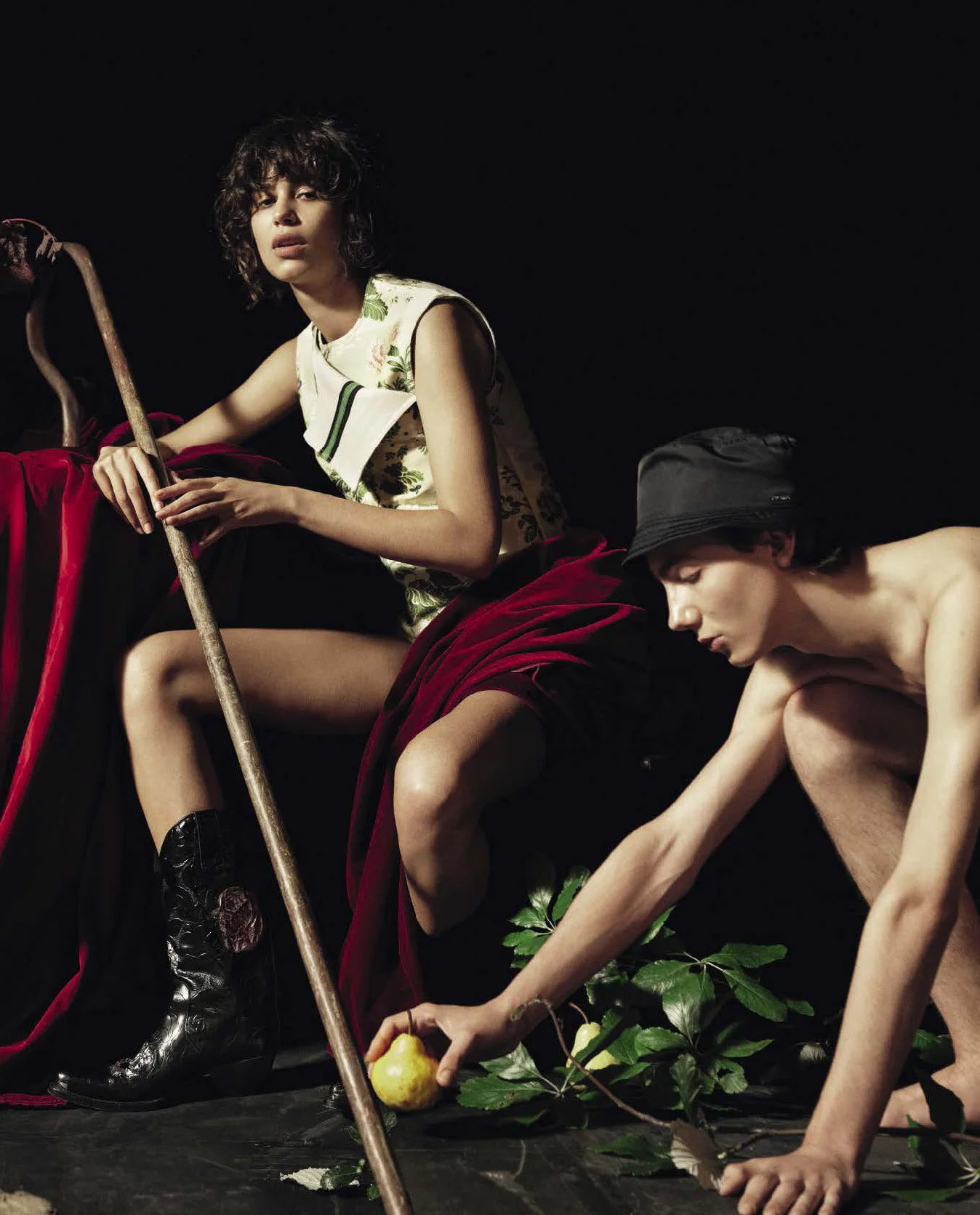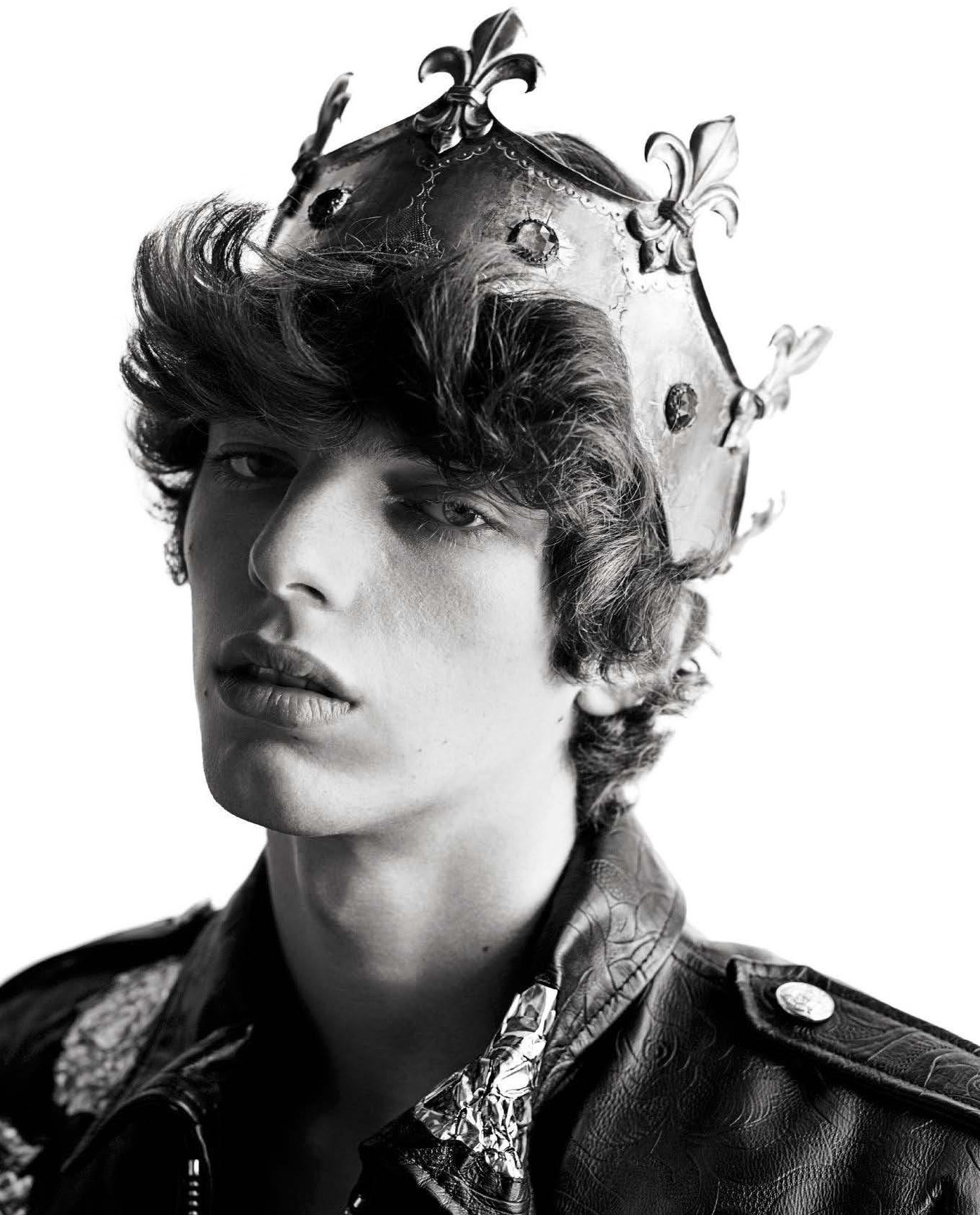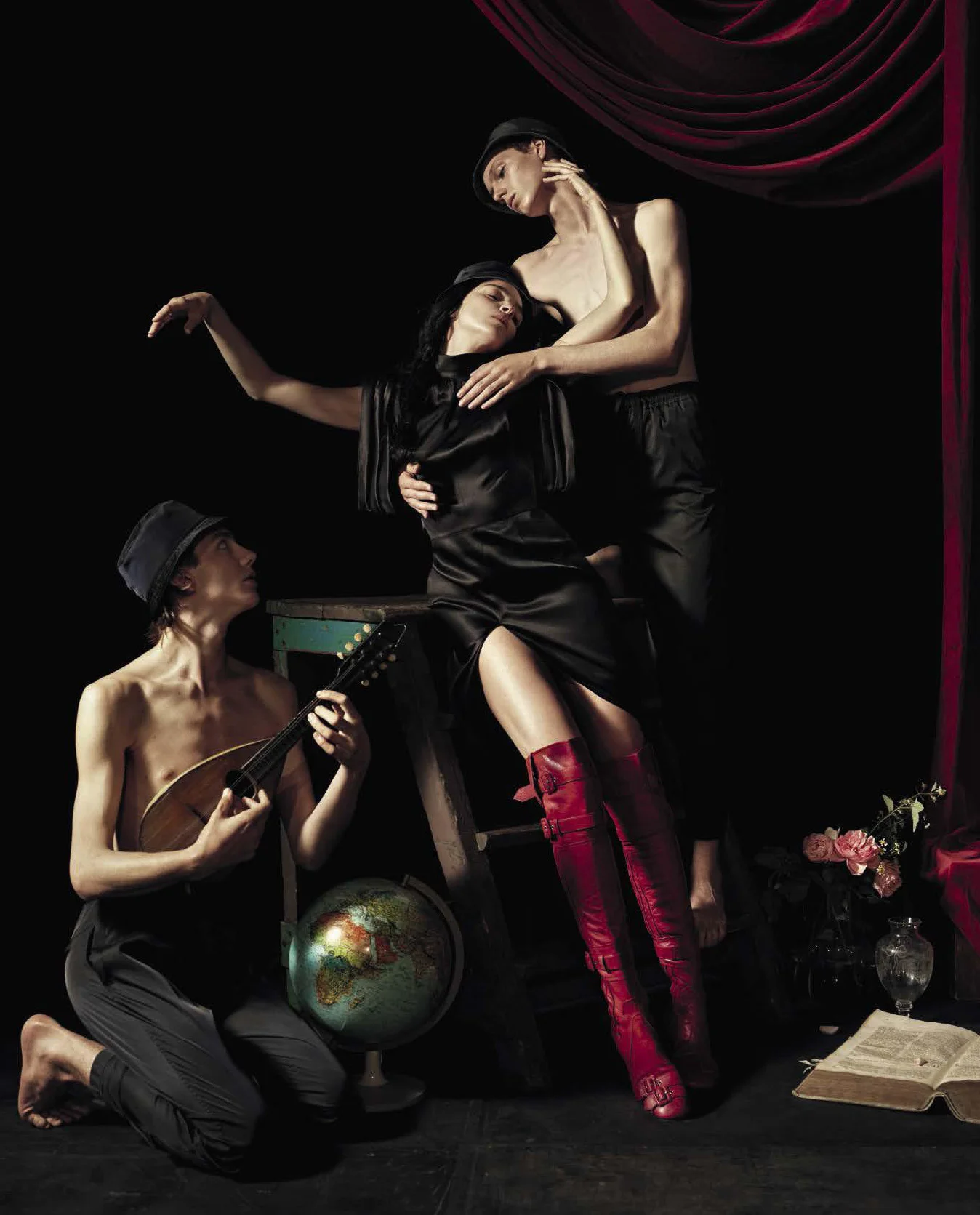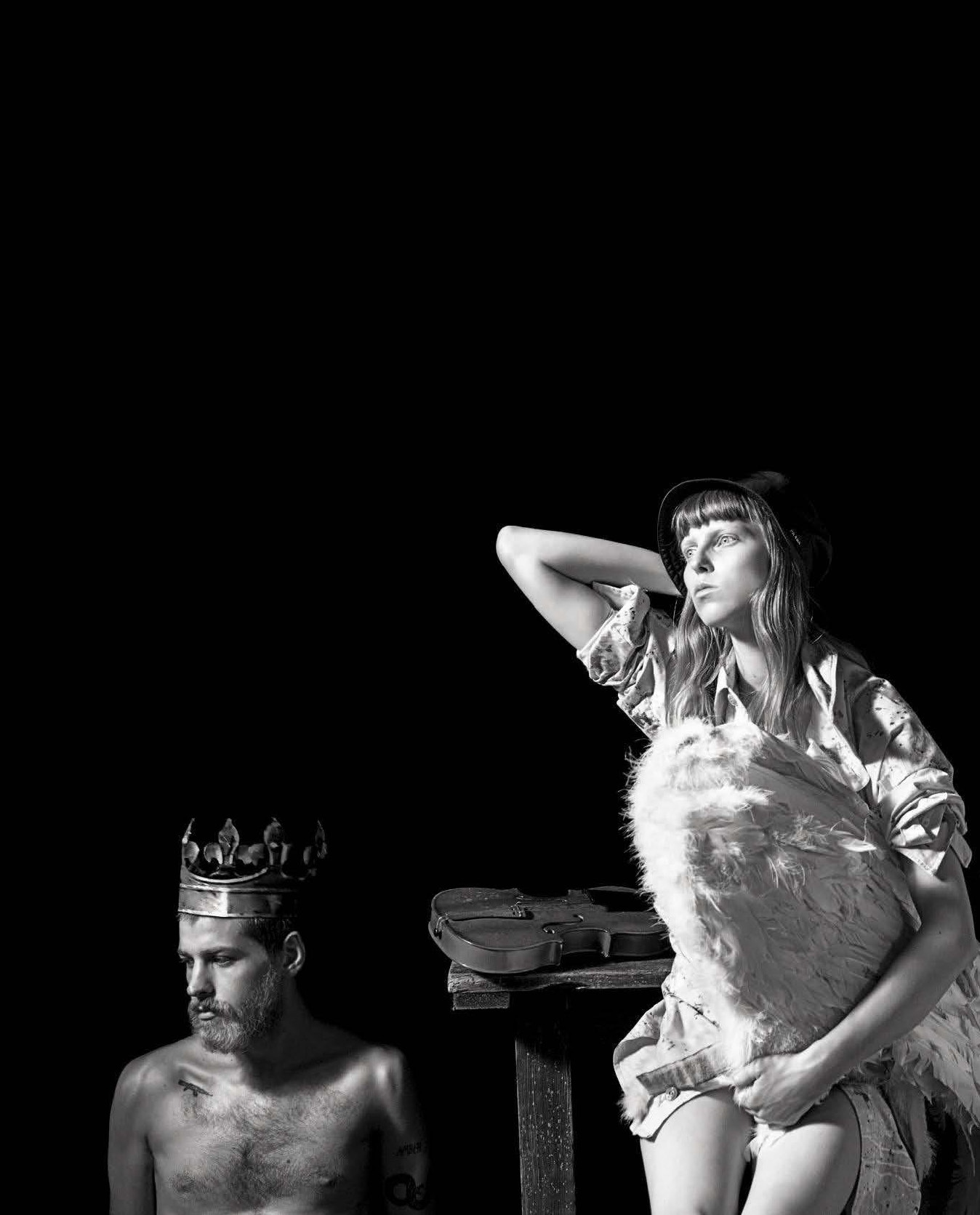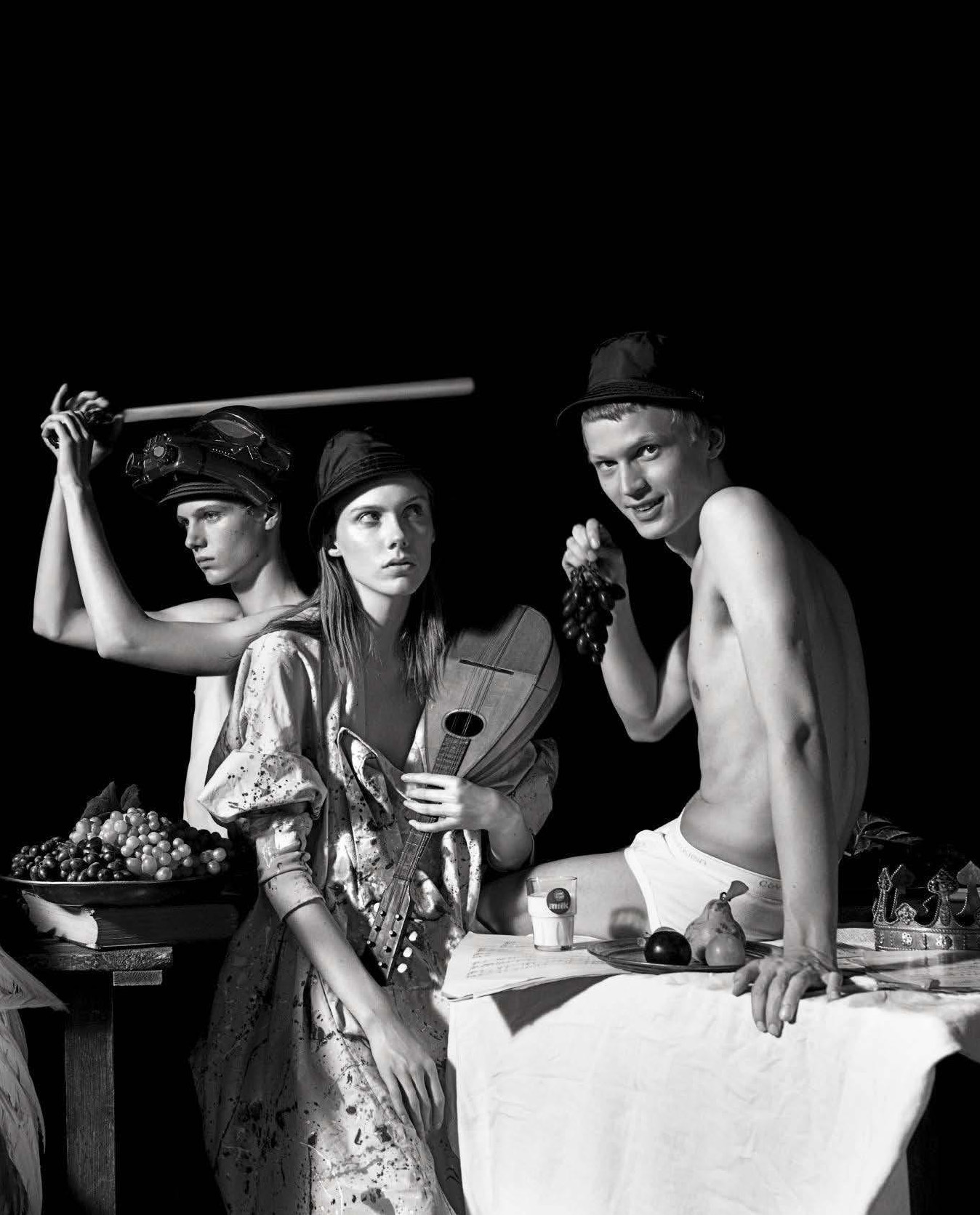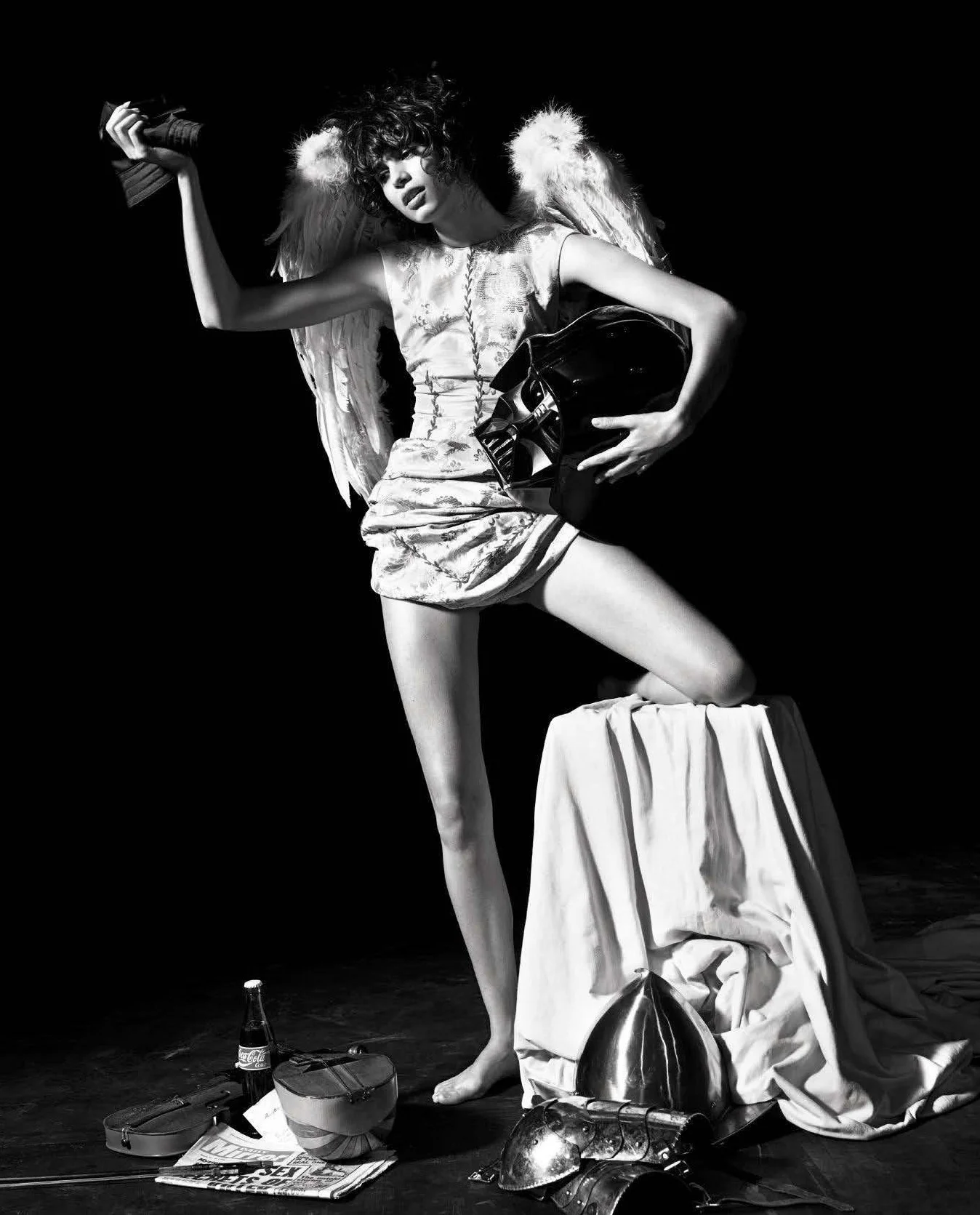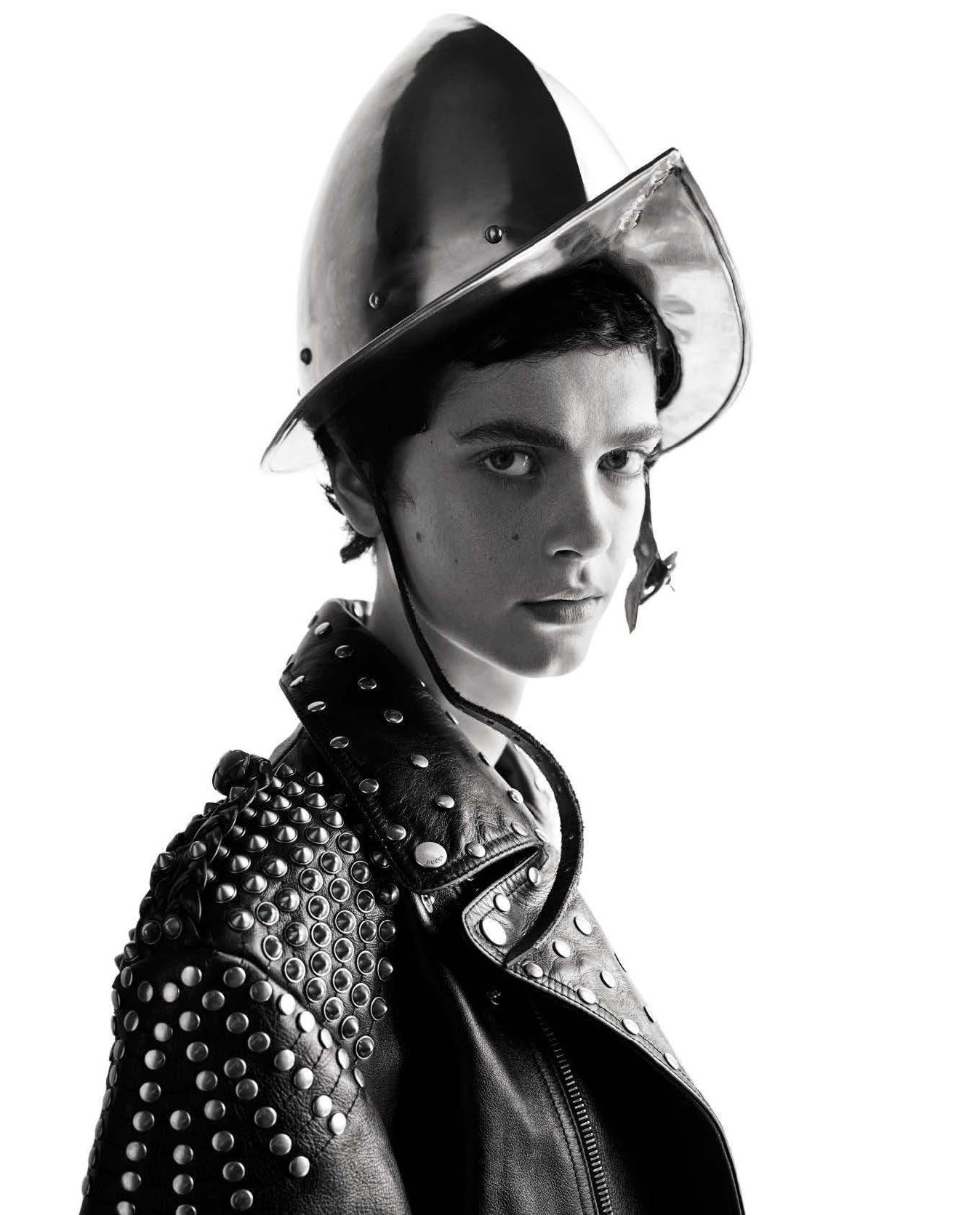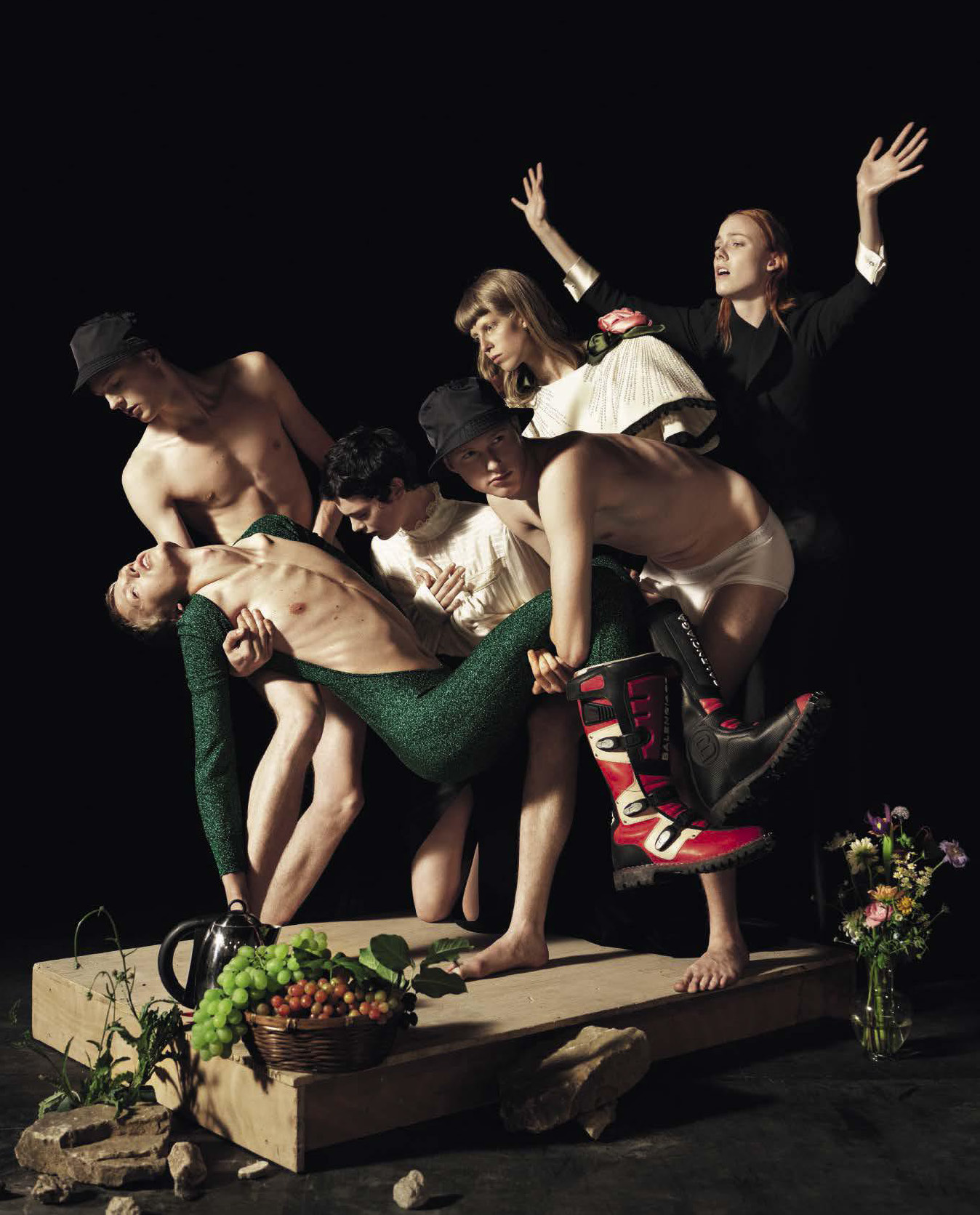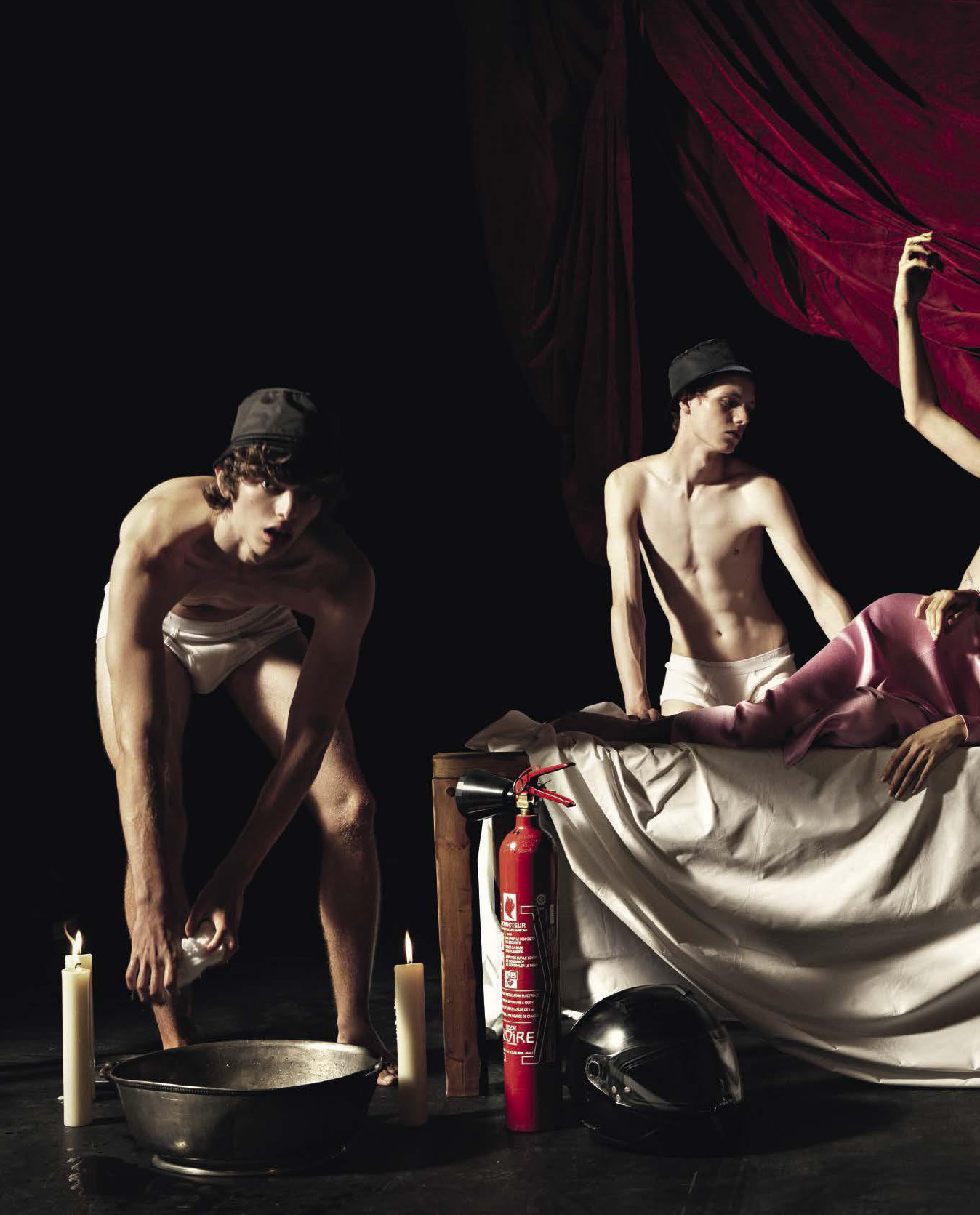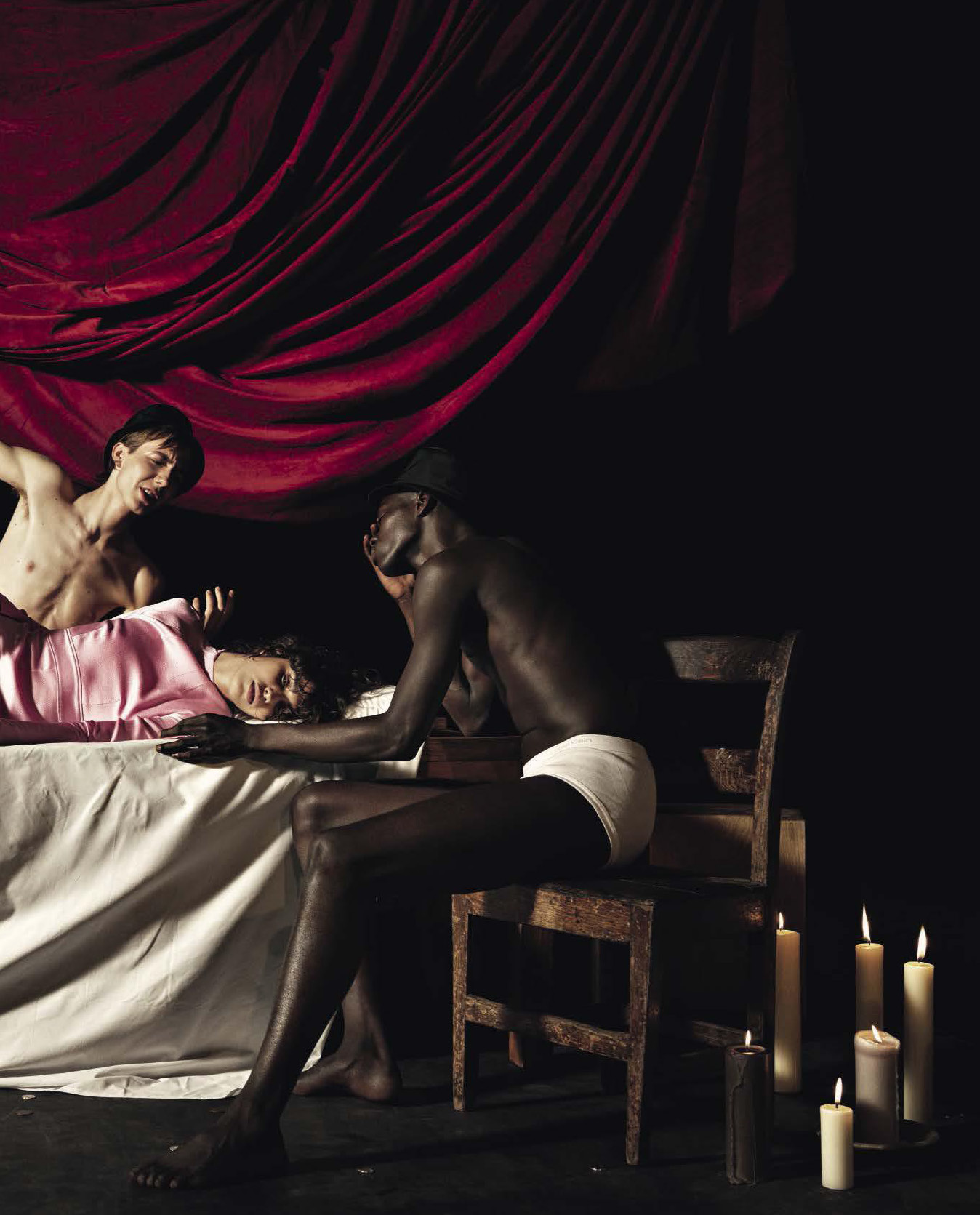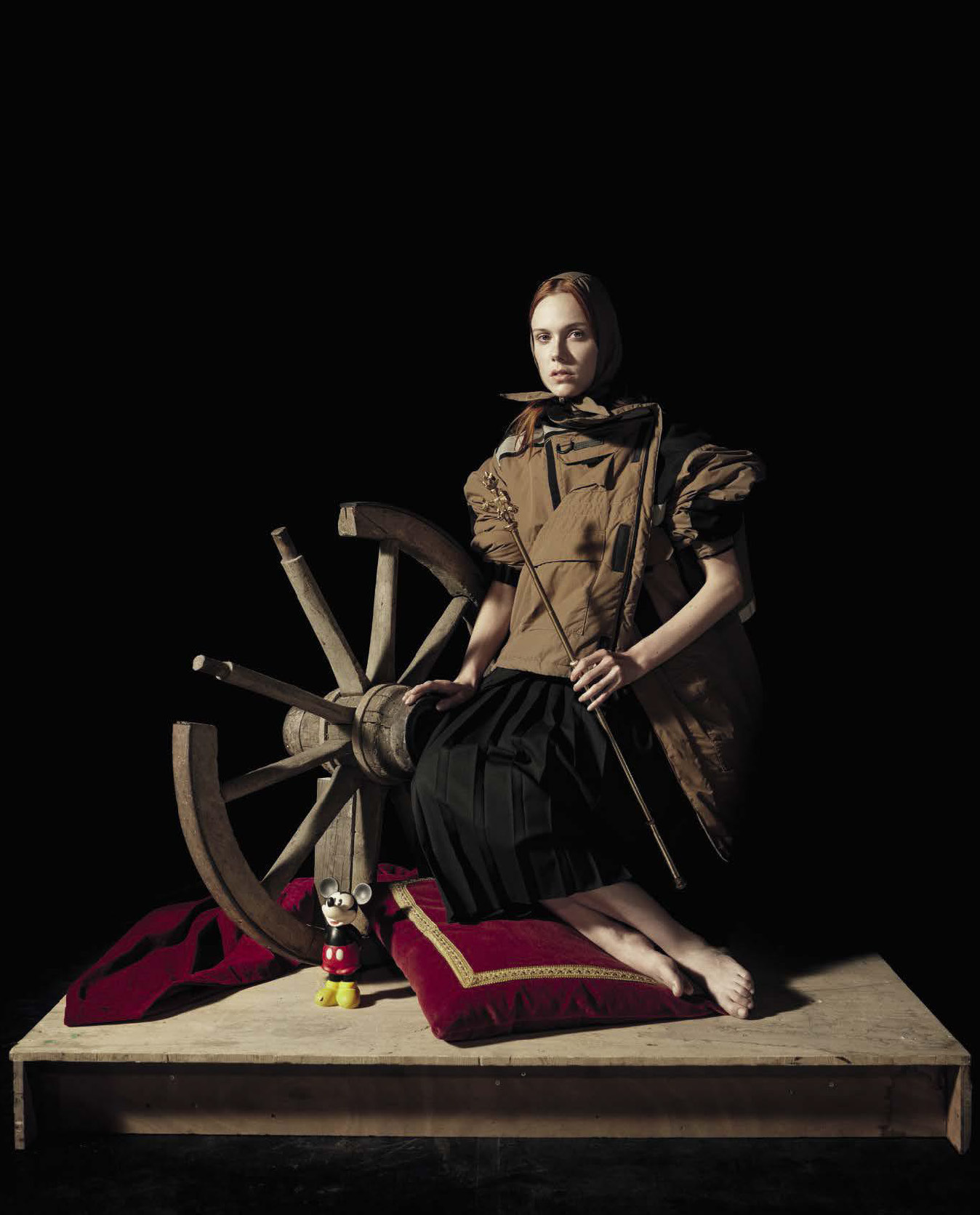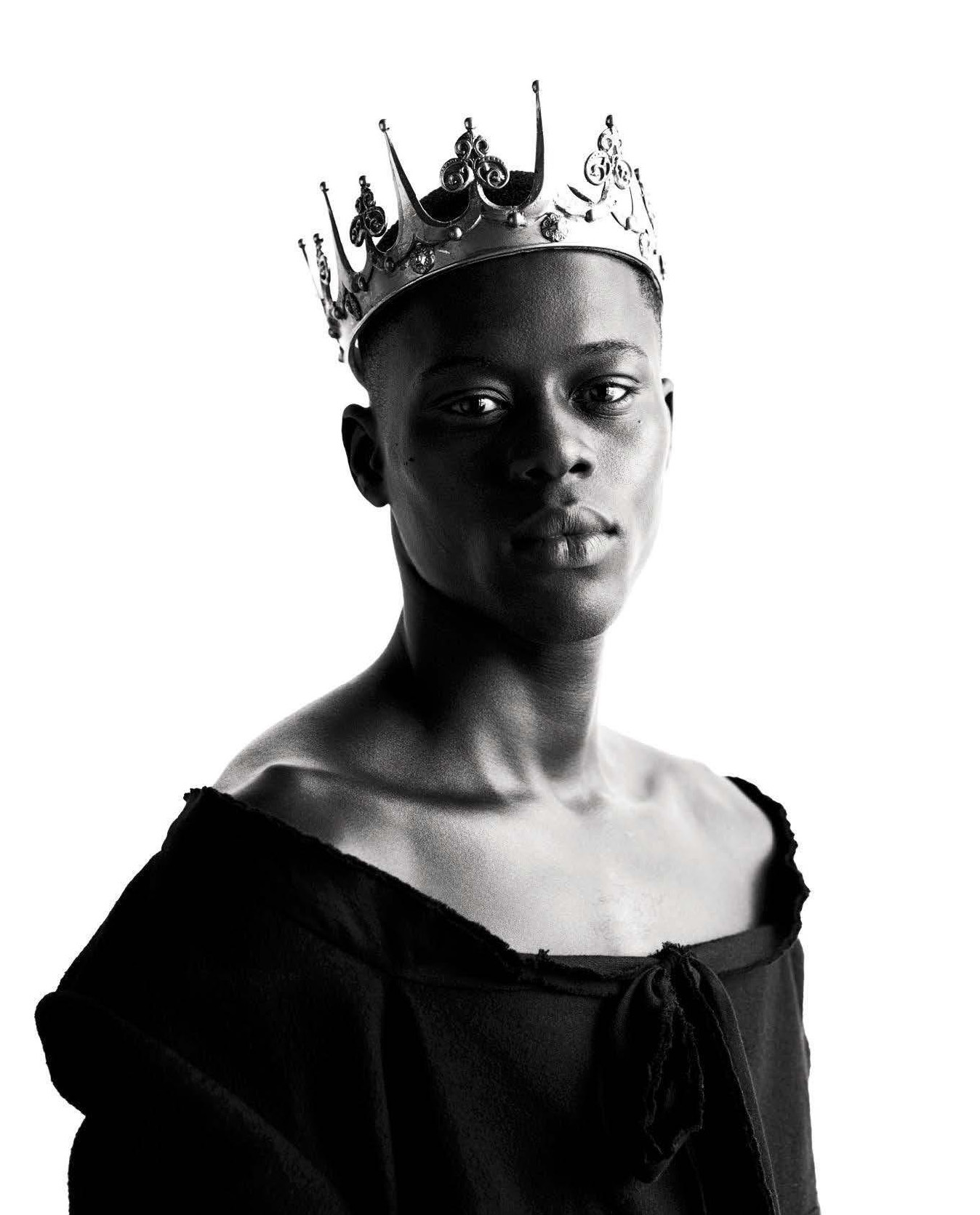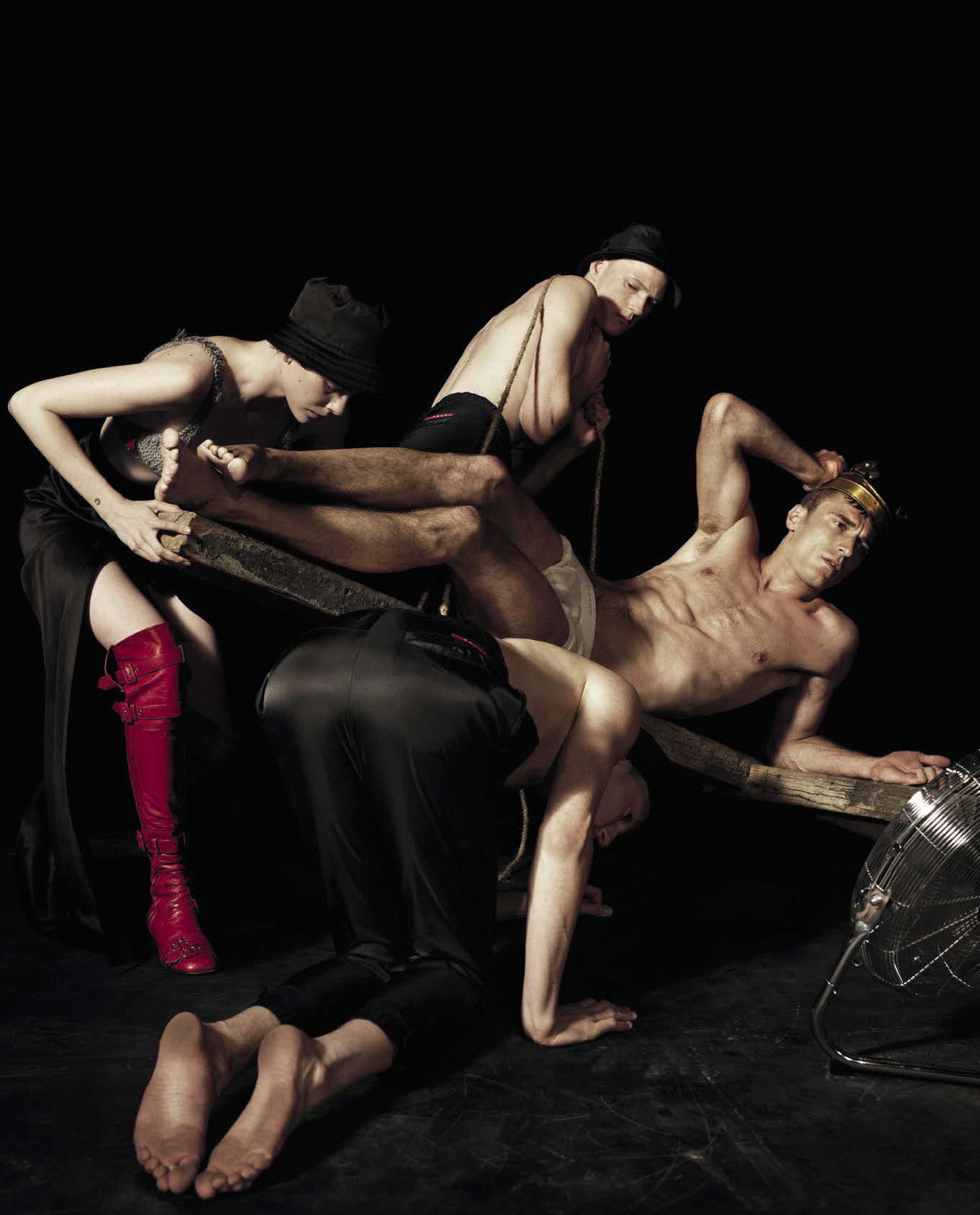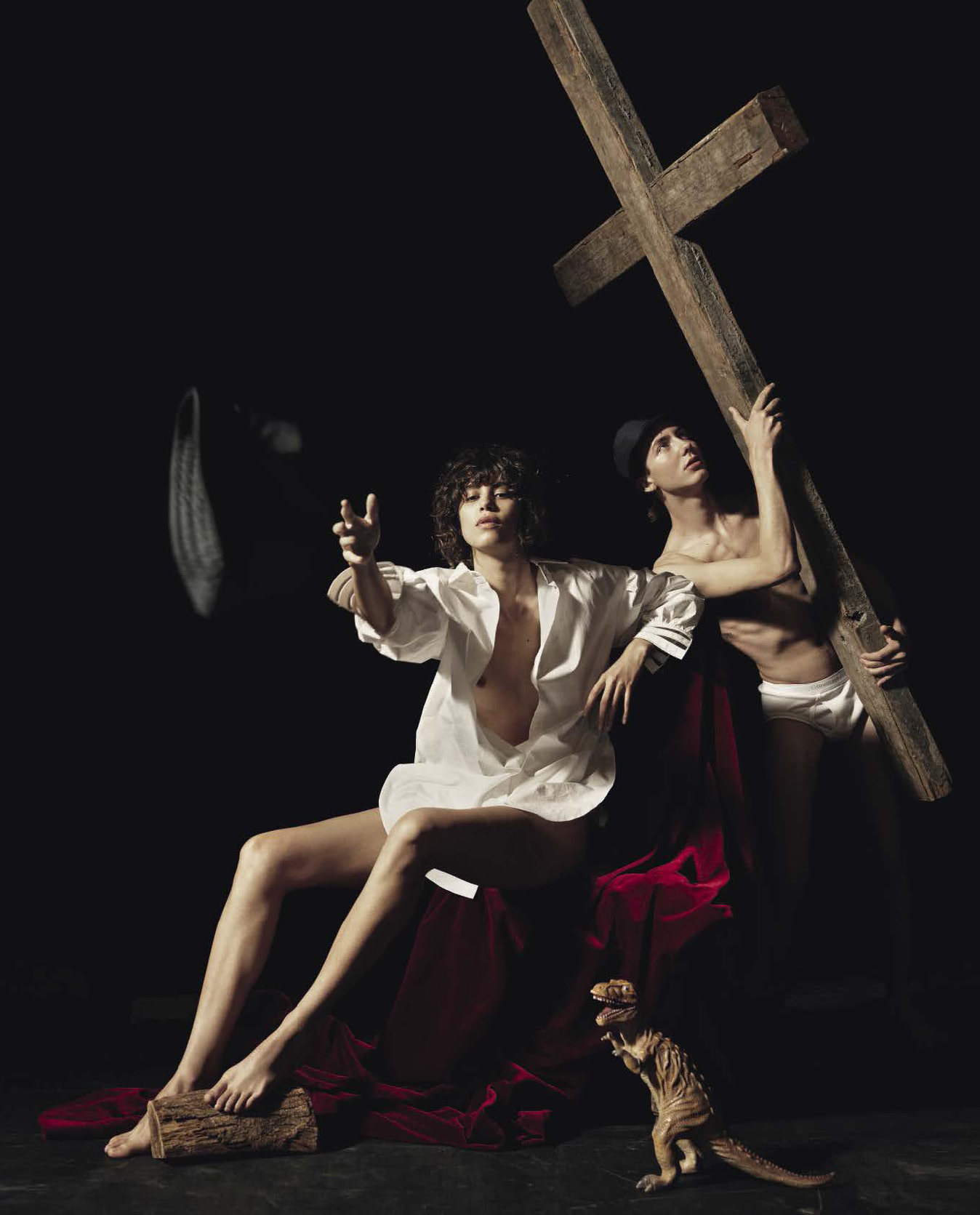Willy Vanderperre Captures Caravaggio's Essential Contradictions In 'Ad Arte' For Vogue Italy September 2017
/Models Mica Arganaraz, Mariacarla Boscono, Kiki Willems, Amandine Renard, Blesnya Minher, Clement Chabernaud, Jonas Gloer, and Paul Hameline are styled by Olivier Rizzo in 'Ad Arte'. Willy Vanderperre captures the entourage for Vogue Italia September 2017./ Hair by Tina Outen; makeup by Lynsey Alexander
The editorial 'Ad Arte' is inspired by the paintings of Caravaggio, an artist who belonged to the shadowland, writes Vogue Italia, in an entire September issue is devoted to Italy. Caravaggio's most famous painting of the 'Medusa', a Gorgon among three sisters with snakes for hair who held the power to turn anyone who looked at them to stone, was actually a male youth and not a female.
In reality, Caravaggio was "wayward and violent", says David Leavitt. The artist killed more than once and lusted, mostly after boys. Simultaneously, he considered himself a devout Catholic who frequently used Catholic iconography in his paintings. In many respects, this apparent schism in Caravaggio's devout Catholicism continues to play out behind walls of the Vatican. On this day, one of Pope Francis' closest advisers, Cardinal George Pell of Australia, is on a leave of absence to answer multiple charges of sexual assault in Melbourne.
Caravagglio's 'Medusa' meets the viewer’s gaze with an anguish beyond pity, writes Leavitt for Vogue Italia, as if to say, "You knew all along you could not resist. Now see what I see every day in the mirror." Most of us do turn away from horror, as Leavitt suggests in writing about Carvagglio. In principle, we have defenses against this sort of seeing.
For Caravaggio, light is the tool that allows the artist to capture those rare moments when pain and ecstasy converge and the suffering visionary sees heaven, sees Christ, sees Charon’s barge (the ferryman of Hades) pulled up to the bank of the murky everyday life river he navigates." A paradox: to portray all that is soft in the human body, you must make yourself hard. You must look in the mirror. You must confront the snake-haired Gorgon in yourself.," writes Leavitt.
Punting to today, it's worth noting that Pope Francis is said to self-flagellate himself with 70-150 lashes with his belt every morning. Pope Francis is alleged to say the act of self-whipping brings on the “solemn state of religious buzz” needed to undergo “true and meaningful” service to the Lord and all the Lord’s people. Pope John Paul II engaged in self-mortification as did his successor Pope Benedict.
In 2010 the National Catholic Reporter wrote that self-mortification must be moderate and monitored. Generally, self-flagellation is an instrument of Christian perfection that underscore a profound link to God and the suffering of the world. Others argue that self-desecration represents a sacrilegious action against the sacred nature of our own humanity . . . now somehow sullied and requiring corrective action.











